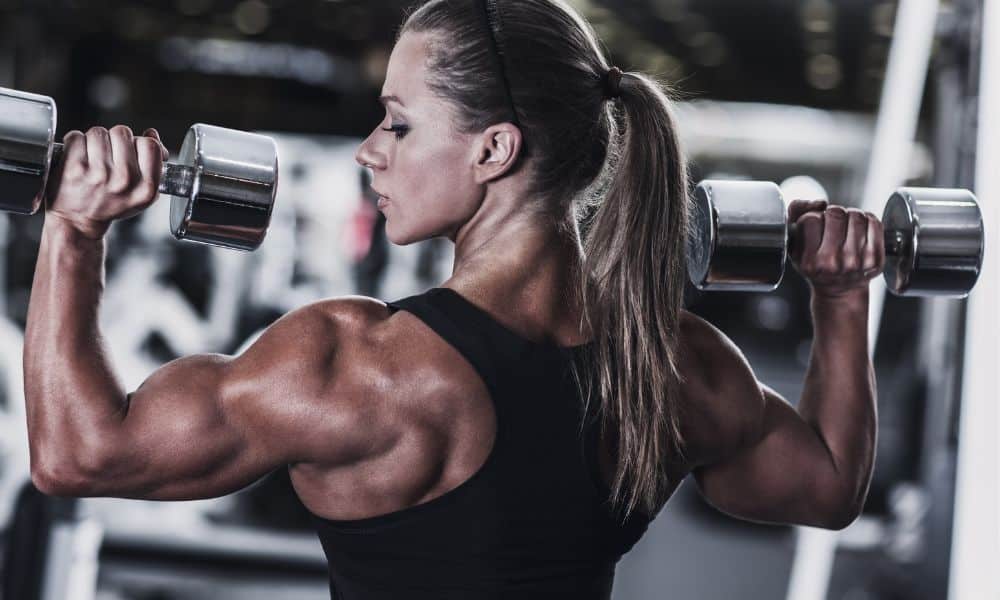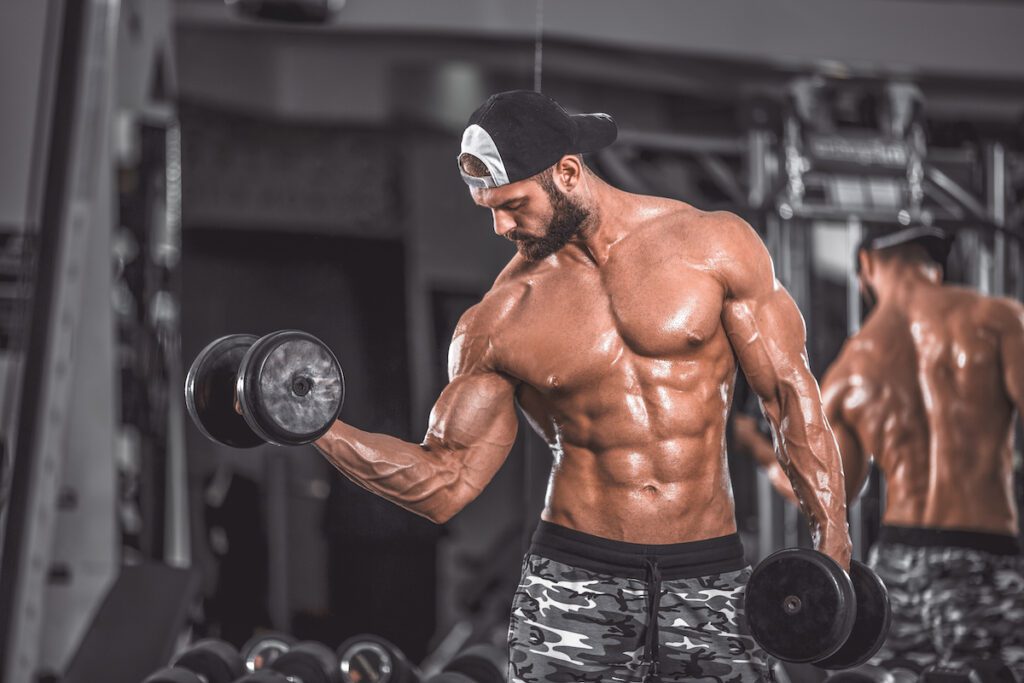Would you like to know more about Bronze Era bodybuilding training and how it affected modern fitness? From around 1894 to 1939, the Bronze Era of bodybuilding holds a treasure trove of ancient wisdom that can be rekindled and integrated into modern fitness practices. While the fitness world has evolved with technological advancements and scientific understanding, much can be gained from rediscovering ancient bodybuilders’ practical and holistic approaches to physical fitness.
By adapting Bronze Era training methods to fit current lifestyles and goals, individuals can unlock the transformative power of these ancient practices. Let’s explore how we can incorporate the wisdom of the past into our modern workout routines.
Practical Ways to Integrate Bronze Era Bodybuilding Techniques:
a. Bodyweight Training: Embrace bodyweight exercises like push-ups, pull-ups, squats, and lunges as fundamental components of your workout routine. These exercises target multiple muscle groups, promote functional strength, and require minimal or no equipment.
b. Functional Movements: Incorporate functional movements, such as carrying heavy objects, climbing, and balancing exercises, to mimic real-life activities and improve overall physical capabilities.
c. Suspension Training: Utilize suspension training with ropes or rings to challenge stability and engage core muscles while allowing for a versatile workout that can be performed almost anywhere.
Adapting Bronze Era Training Methods to Fit Modern Lifestyles:
a. High-Intensity Interval Training (HIIT): Infuse the principles of Bronze Era bodybuilding into modern HIIT workouts. Combine bodyweight exercises and functional movements in short, intense bursts, followed by brief rest periods or active recovery.
b. Natural Outdoor Workouts: Take advantage of nature’s elements in parks, beaches, or natural terrains. Use sand, rocks, or logs as makeshift weights for resistance training.
c. Simplified Training Equipment: While modern gym equipment offers convenience, consider incorporating simplified training tools like sandbags, kettlebells, and resistance bands to retain the essence of Bronze Era bodybuilding.
Emphasizing the Holistic Approach to Physical Fitness:
a. Balanced Nutrition: Adopt a balanced and whole-food-based nutrition plan that aligns with the Bronze Era’s appreciation for nourishing the body with natural, unprocessed foods.
b. Mind-Body Connection: Embrace mindfulness practices like yoga, meditation, or tai chi to strengthen the mind-body connection and foster a holistic approach to physical fitness.
c. Rest and Recovery: Prioritize sufficient rest and recovery, acknowledging that building strength and muscle requires time for the body to rejuvenate.
By incorporating Bronze Era bodybuilding techniques into modern fitness routines, individuals can benefit from a holistic approach to physical well-being. This rediscovery allows us to break away from the exclusive focus on aesthetics and embrace a more balanced and functional outlook on fitness. The ancient wisdom of the Bronze Era reminds us that physical fitness is not just about looking good but about feeling good, moving well, and maintaining overall health.
Conclusion:
Rediscovering Bronze Era bodybuilding (around 1894 – 1939) offers a fresh perspective on modern fitness. By integrating ancient wisdom into our workout routines, we can tap into the practicality, versatility, and holistic approach to physical fitness embraced by ancient bodybuilders.
Whether through bodyweight exercises, functional movements, or outdoor workouts, these practices remind us of the innate connection between movement, nature, and well-being. As we rediscover the lessons from the past, we are better equipped to craft a well-rounded fitness journey that fosters strength, balance, and optimal health in our modern lives.
If you love bodybuilding, share this article on Facebook or Twitter so that others can learn more about building muscle.




